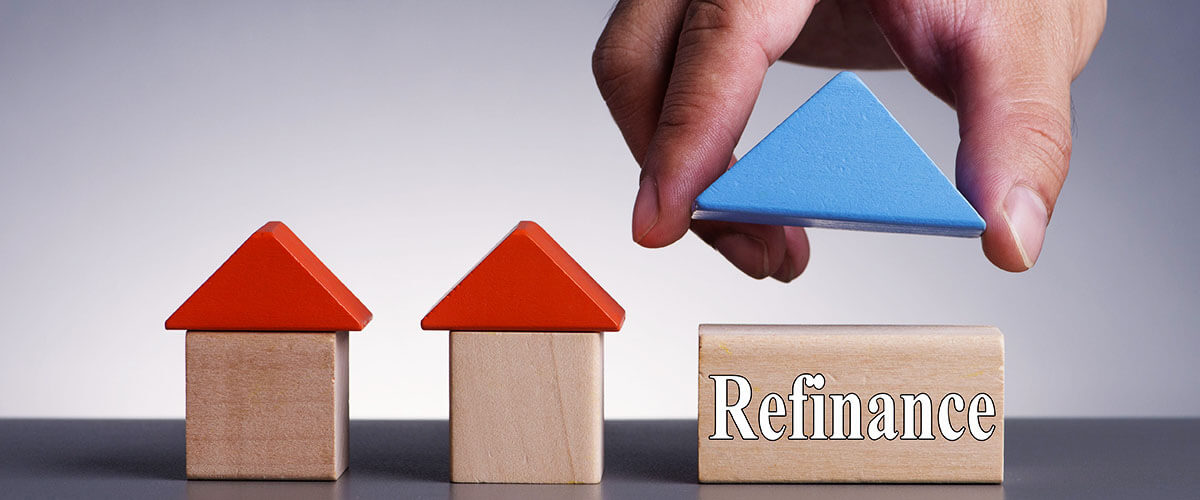
Refinancing
As a homeowner, there are times when the terms that were favorable when first selecting a home loan become unfavorable as the years go by. In such situations, it's possible to obtain refinancing for the home, which essentially allows the old loan to be replaced by a new one. If you don't like the terms of your current loan, refinancing may be a good option.
What Is a Refinancing Loan?
Refinancing gives homeowners access to another mortgage loan that can replace their current one. The details of this loan can be heavily customized to make them as favorable as possible. The most common reason for obtaining a refinancing loan is that it typically allows for a lower monthly payment. Since the new loan only covers the outstanding debt on the old loan, you should automatically have a lower payment than before. Even though refinancing loans are commonly obtained for the purpose of lowering monthly payments, they can also be used to obtain cash for making home renovations or to get rid of mortgage insurance premiums that can lead to high monthly payments.
The best aspect of applying for one of these loans is that they are offered by every bank. You also don't need to work with your current lender if you have had an unpleasant experience with them or would simply prefer a change.
While there are various types of refinancing loans, they typically correlate with the reason for obtaining one. For instance, rate-and-term refinances are typically used by homeowners who want to obtain a lower monthly payment.
Refinancing Loan Requirements
Since a refinancing loan is essentially used to trade one mortgage for another, the requirements that you must meet if you want to qualify for this loan are very lenient when compared to requirements for traditional loans. In general, these loans are designed to help you obtain better terms than the ones you had before, which means that you could receive an interest rate that's two percent lower than the rate on your first loan.
However, you will be required to pay closing costs as well as mortgage-point fees in order to offset the lower interest rate. If you find that the monthly savings you get from refinancing your current mortgage exceed the costs that you will be expected to pay, this can be a great option for saving money. Make sure that you compare estimates from different lenders before choosing which bank should refinance your mortgage.
If you are currently looking at refinancing your home, contact my office today to schedule an appointment. During this initial consultation, I can help you determine if refinancing is right for you.
